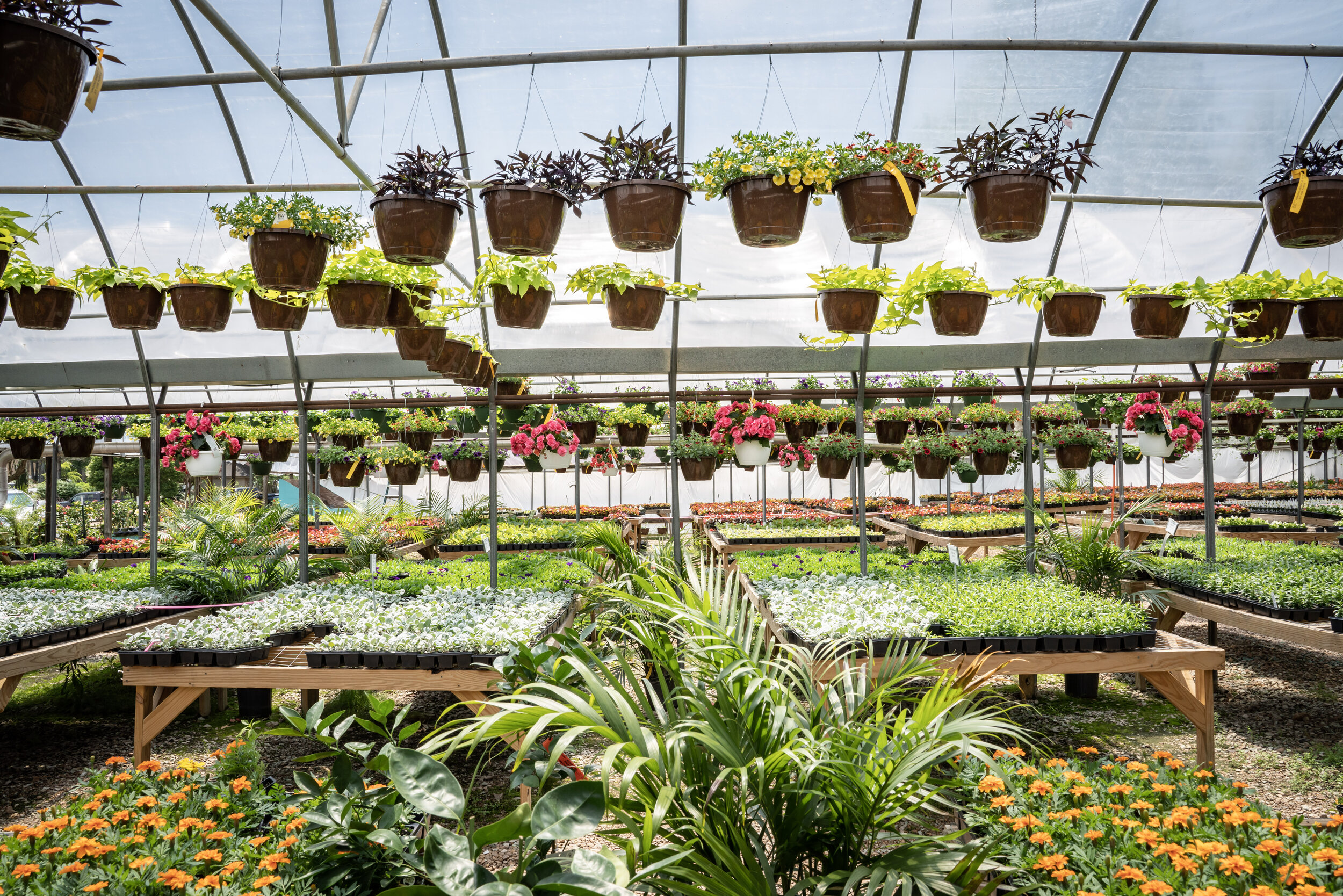Perennial vs. Annual
Our team here at Digger O’Dell is here to help, and oftentimes that help comes in the form of answering plant questions. Folks come in every week with questions about pests, planting tips, and plant identification puzzles (we love those!).
One of the most common plant questions we get from new gardeners is this: What’s the difference between annuals and perennials?
It’s a great question, and one we’ll answer in today’s blog.
At the most basic level, annuals are plants that live for one growing season in our growing zone, and perennials are plants that live for many growing seasons in our growing zone. There are a few other differences, too.
Annuals typically are plants that have a long bloom-time, say, for example, begonias or pansies. Each of those flowering annuals bloom reliably throughout their growing seasons. The bloom on annual plants is generally very showy and colorful, making them a great choice for seasonal color in gardens and containers. They’re a brief, bright show of color that must be replanted every year, or annually.
Perennials are plants that, generally speaking, have a shorter bloom times, but return reliably each season from their dormant period over the winter. Examples of common perennials are daylily, coneflower, hosta, and peony. When gardening with perennials, gardeners coordinate perennial bloom-times to have continuous color in their gardens through the use of several varieties of plants. This kind of planning takes a bit of time and experience (or a helpful Digger O’Dell team member!), but the result is a garden that returns to bloom each year after the initial planting.
Many gardeners choose to mix perennial plantings and annual additions to create a full, beautiful garden design throughout the growing season.
Now it’s your turn to share! What’s your favorite annual or perennial?
